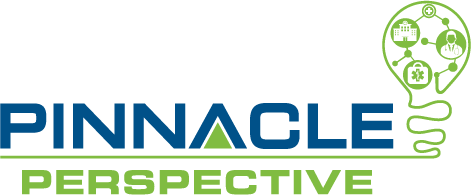
National Correct Coding Initiative (“NCCI”) Manual: Part Three – Add-On Code Edits
In this series of articles on the National Correct Coding Initiative (“NCCI”) Policy Manual, we have discussed procedure to procedure (“PTP”) edits and medically unlikely edits (“MUE”), but were you aware that NCCI also has add-on code (“AOC”) edits?
Add-on codes are codes that should not be reported alone. They will always be billed as an “add on” to a primary code. The Current Procedural Terminology (“CPT”) manual will indicate add-on codes with a “+” sign. They may also give a list of primary codes that the add-on code can be reported in addition to.
Most add-on codes are not included in NCCI’s PTP edits because their primary codes would be listed instead. However, CMS does have add-on code edits they publish which are updated quarterly and can be downloaded using the link provided in the references below.
There are three types of add-on code edits:
- Type 1 – These add-on codes will follow CPT/HCPC’s acceptable primary codes. Medicare administrative contractors (“MAC”) should not allow any other primary codes. An example of this is 99292 (Critical care, evaluation, and management of the critically ill or critically injured patient; each additional 30 minutes). In the CPT manual, only 99291 is listed as a viable primary code.
- Type 2 – For these add-on codes, CPT/HCPCs have not designated specific primary codes. MACs are permitted to determine whether these codes can be primary codes. An example of this is code 38747 (Abdominal lymphadenectomy, regional, including celiac, gastric, portal, peripancreatic, with or without para-aortic and vena caval nodes). CPT does not specify a list of primary codes that must be billed with 38747. Therefore, your MAC gets to decide whether they will pay a certain primary code with this add-on code. This may require you to submit documentation to support both codes.
- Type 3 – For these add-on codes, CPT/HCPCs have = designated some but not all the possible primary codes. Medicare contractors should allow the CPT/HCPC’s designated primary codes but also create their own list of other acceptable primary codes. An example of this is code 20701 (Removal of drug-delivery device(s), deep). Your MAC would allow the primary codes listed in the CPT manual but would also have a list of their own acceptable primary codes.
As you can see, understanding the type of AOC edit is crucial to determining how to properly code add-on services and how to respond to add-on code denials.
Keeping up with the nuances of NCCI edits can be exhausting. PERCS is here to help you to remain compliant. If you have any questions or need assistance, please contact Angie Wood, CPC, Sr. Physician Auditor and Educator at AWood@AskPHC.com or Lori Carlin, CPC, COC, CPCO, CCS, CRC, Principal, at LCarlin@AskPHC.com . They will be readily available to answer your questions and provide expert advice, so you are well equipped to move forward!
References:
https://www.cms.gov/ncci-medicare/medicare-ncci-add-code-edits



